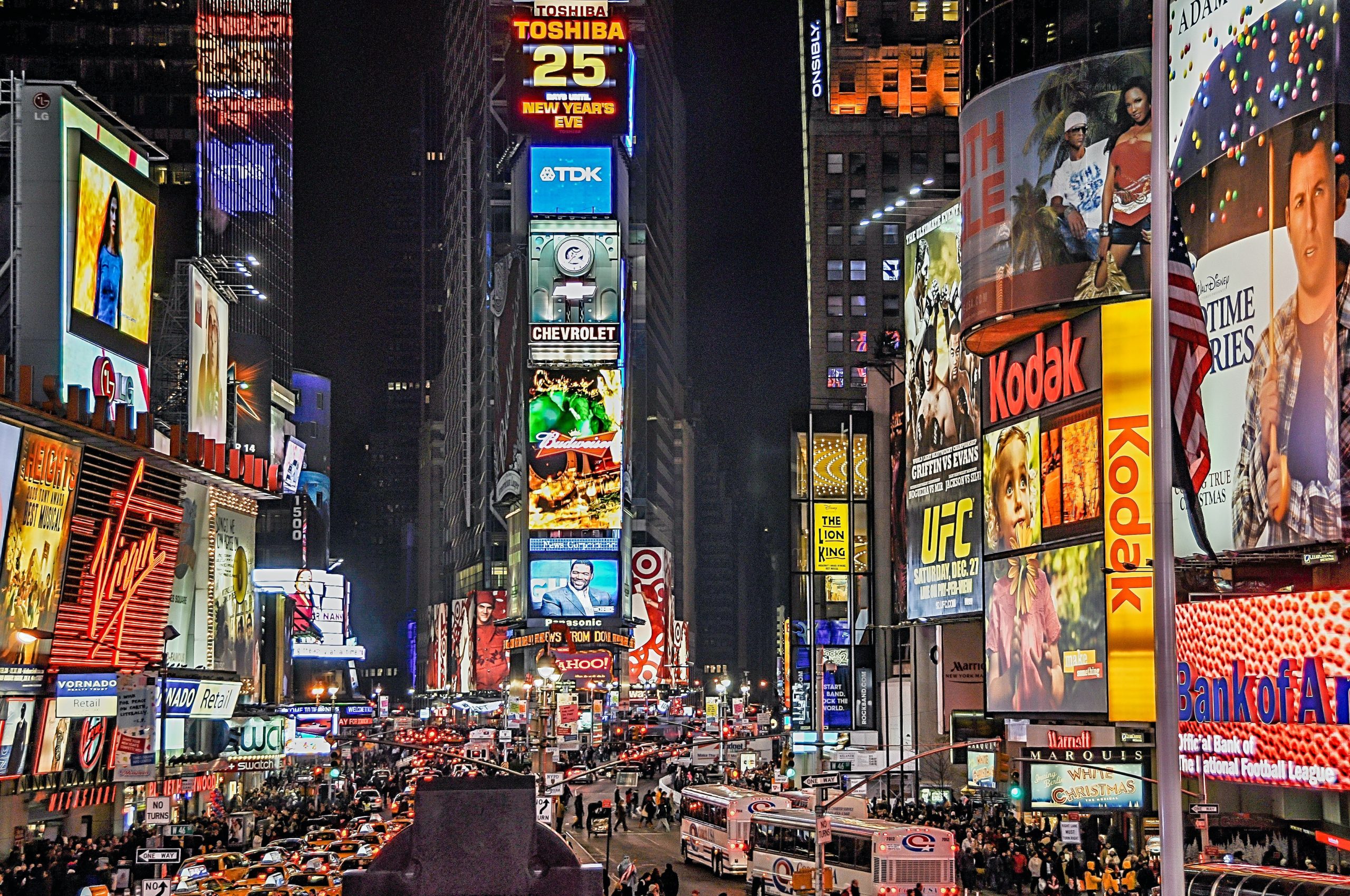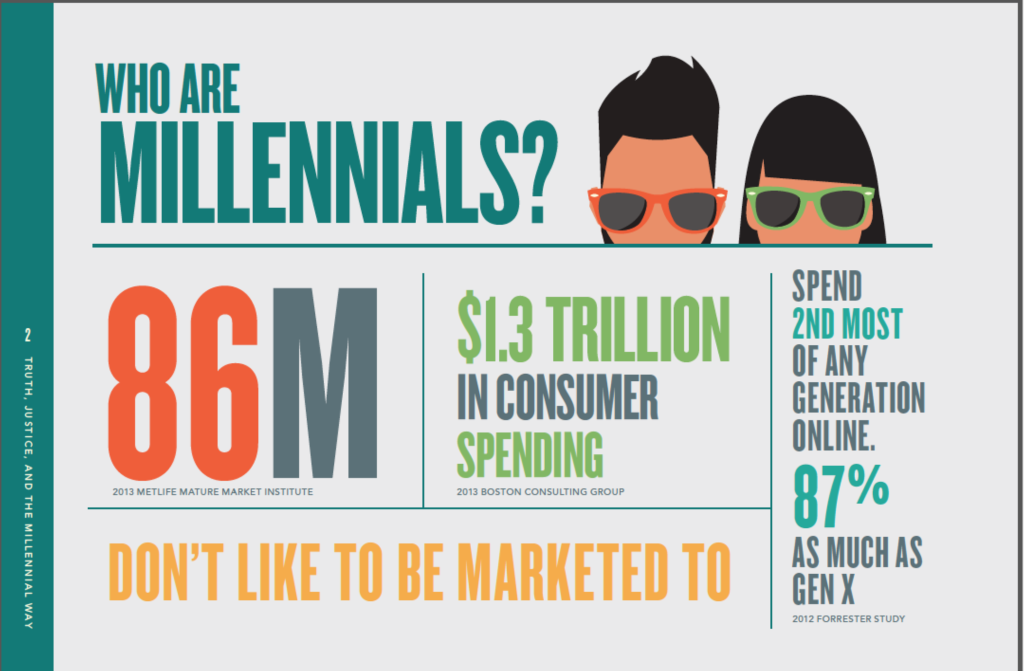“I am one who believes that one of the greatest dangers of advertising is not that of misleading people, but that of boring them to death.”
-Leo Burnett
If he were alive, Leo Burnett, the American advertising giant responsible for household company characters including Tony the Tiger and Charlie the Tuna might have just seen his worst fear come to pass. People are more bored than ever with ads.
This is because they see them everywhere-on billboards, in subway stations, even on their Facebook home pages. Now they’re acting on this boredom. Last year, 52% of customers went out of their way to avoid online ads. This means that 63.2 million people used ad blockers on their desktop or laptop PCs and 20.7 million used ad blockers on their smartphones. The death of traditional advertising, predicted nearly three decades ago, is upon us.
Companies that thrive in this landscape develop more meaningful, ad-free ways to attract and retain customers.
In this piece, we talk about how you can be one of these companies. We pinpoint the problems of traditional advertising and the new paths to acquire customers and boost profits in a post-ad world.
Why Advertising Sucks
1) Ads are too costly and don’t guarantee the return you expect
To establish a reputation in national and international markets, companies need to shell out tens of thousands to millions of dollars in high-frequency television, print, and digital ads.The average media cost of a nationally-syndicated ad is $342,000 for every 30 seconds it runs. The set-up cost for this ad will also run you $63,000 to $8 million. To air this ad more than once, you’ll need to pay the media cost again, as well as the hourly rate to the agency you’re working with. This one ad could easily cost you millions-with no guarantee that you’ll reach the audience you want to, or that you’ll convince viewers that your product is worthwhile.

[Source]
Regardless of the advertising platform, maintaining consistent, mass-circuited ads requires a considerable amount of dough.
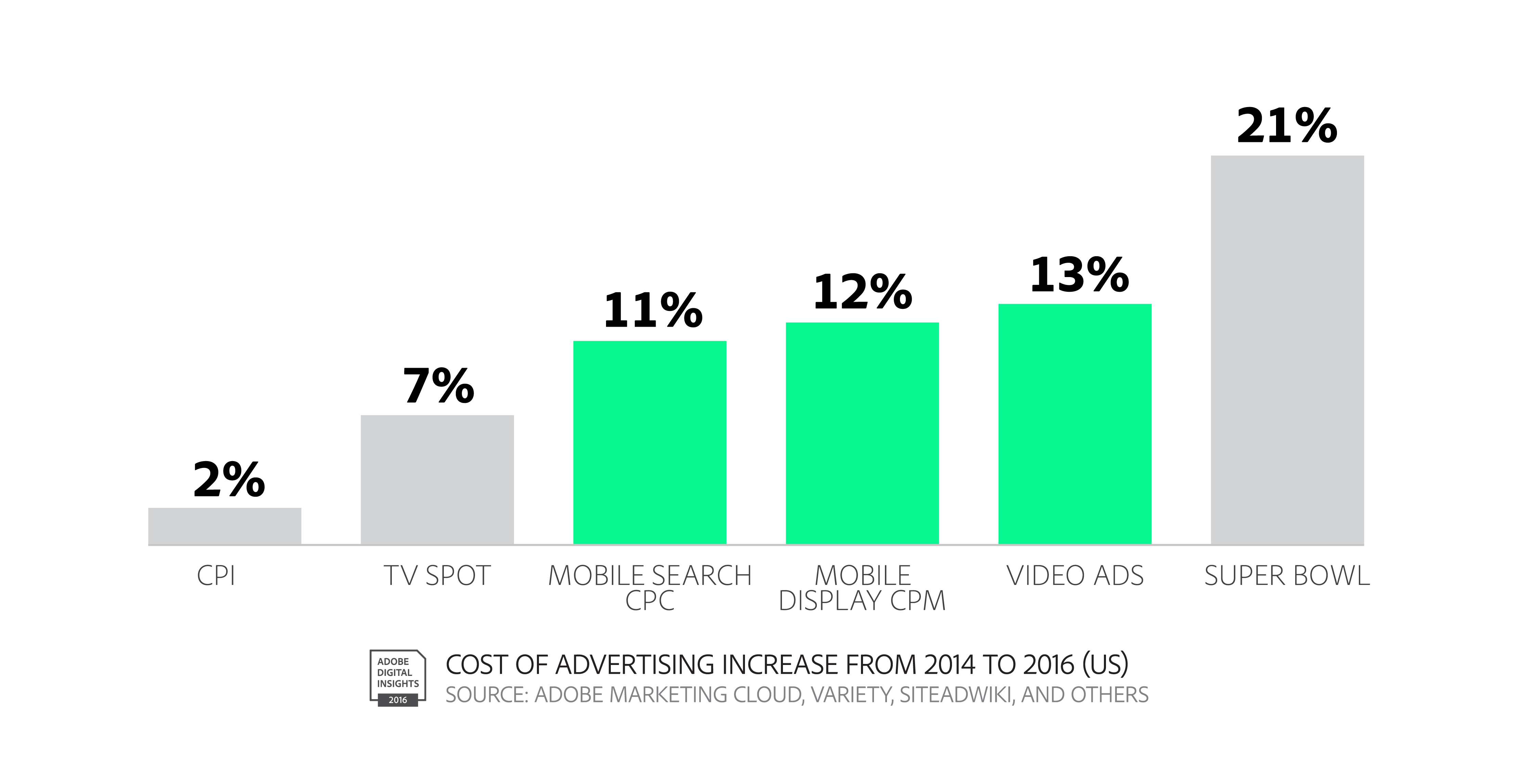
[Source]
Don’t expect those numbers to stay stagnant either. The cost of TV Spot ads have increased by 7% since 2014. Digital ads today also cost more than 12% more than they did two years ago.
Even if your company does have the outlandish cash to run these ads, that doesn’t necessarily mean that you’ll see the uptick in customer acquisition, retention, and satisfaction you expect. In the digital advertising world, companies are spending 42% more than they used to on advertising and are only seeing an 11% increase in site visits.
General Motors experienced this firsthand after spending nearly $10 million on paid Facebook ads only to receive no significant returns. The fallback eventually led GM to cancel the account in 2012.
We can’t assume that traditional, expensive advertisements will increase customer conversion and retention rates. We need different, more nuanced ways of ensuring that we will attract and retain customers.
2) Millennials hate ads
Millennials, the largest demographic in America, have trust issues with advertising. They often don’t respond to it-let alone make purchases because of it-because they often perceive ads as dishonest.
The McCarthy Group ran a study showing that 84% of millennials don’t trust advertisements. Elite Daily also showed millennial’s leery sentiments towards advertising, evidenced by the fact that only 1% of the 1,300 millennials they surveyed said they would trust a brand based on its ads.
More to this point, a Harris Poll conducted by Lithium found that advertisements actually detract long-term millennial customers, showing that “56% of millennials cut back on or quit using social media sites due to advertisements in their news feeds.” Millennials feel lied to and will both avoid brands that introduce themselves through ads and cut ties with those that introduce ads later on.
Companies ought to pay attention to millennials’ skepticism towards advertisements, especially given that they annually contribute $1.3 trillion in consumer spending and have $200 billion in annual spending power.
In order to tap into millennial spending power and avoid their distrust of your brand, you’ll need to develop ad-free, sincere, and efficient ways to engage with them.
3) Increased Consumer Choice
Only a few decades ago, customers were subject to company ads-however poor their quality-in order to access high-quality content. Today, consumers rarely (if ever) have to endure advertisements they deem unworthy of their time. A study shows that 52% of customers are avoiding ads online-and they have no trouble doing so.
Instead, these customers are leaving companies that bombard them with ads and are flocking to brands that offer them ad-free experiences. They seek out these ad-free, premium-only services precisely because they now have the option to do so.
- Netflix, one of these ad-free, premium only services, has over 104 million members in over 190 countries.
- Spotify, another ad-free giant, has over 60 million subscribers and brings in more than $5 billion in revenue.
They are amassing millions of subscribers precisely by ensuring that their services are ad-free, a wise choice considering that 75% of Netflix users would drop the service if ads made an appearance.

[Source]
The public has shown increased interest in Netflix’s ad-free streaming services, growing more than 10x its subscriber base since 2007.
Even if your product doesn’t resemble what’s offered by Netflix and Spotify, you ought to take note of the attention their ad-free services are getting and why. You ought to consider how you can apply their ad-free experiences to your own product to attract the traffic they seem to have no trouble maintaining.
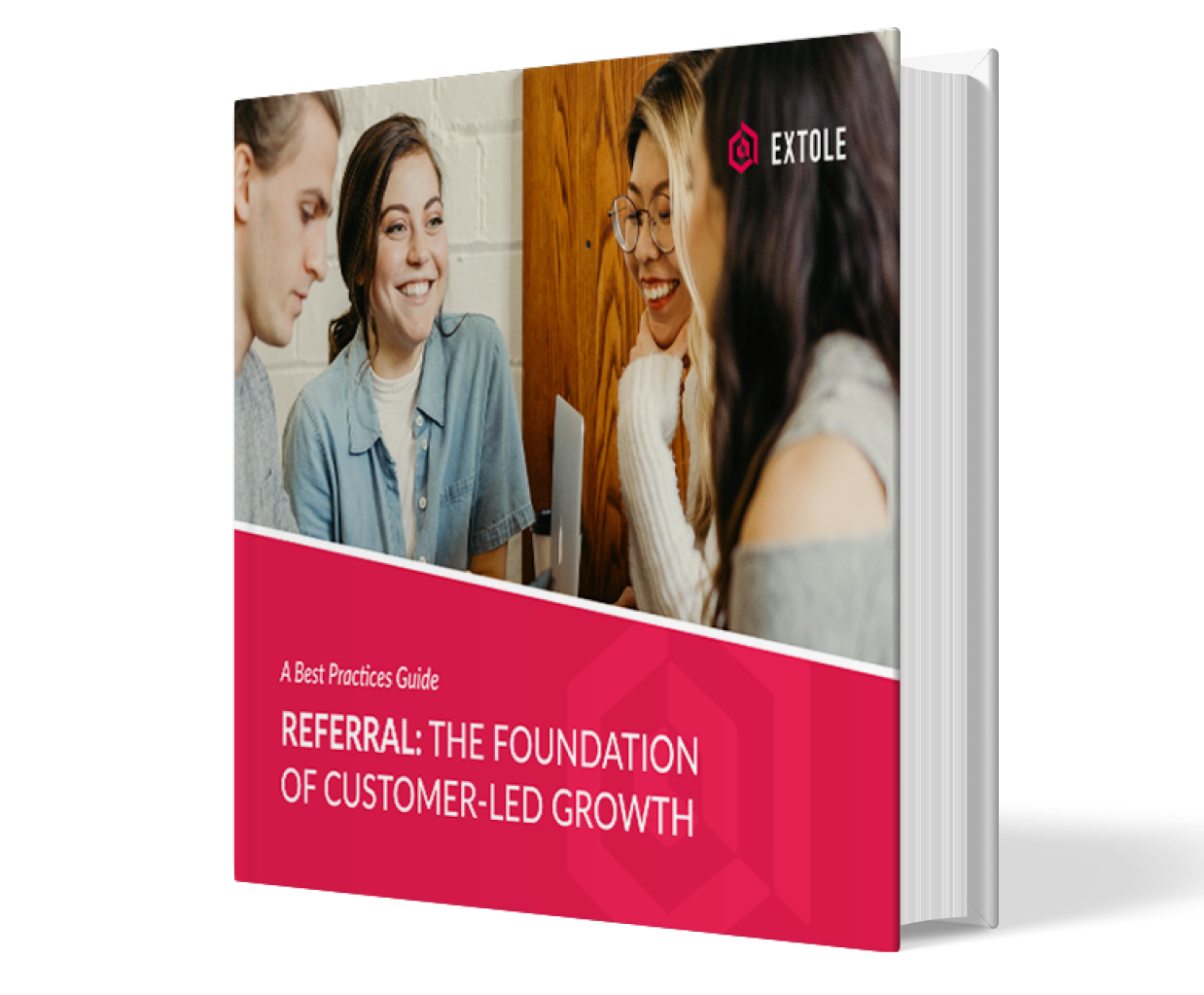
Referral Marketing – The Best Practices You Need to Know
Written by veteran referral marketers, this guide will help you optimize your referral marketing program and supercharge growth.
Get the GuideWhy the Advertising Apocalypse Matters

Advertising used to be a great way for brands and companies to connect with people, acquire new customers, and grow revenue. That’s no longer true.
Companies increase advertising budgets each quarter only to see diminishing returns on investments. As broadcast advertising channels from television to Facebook get increasingly saturated, companies and brands are finding new ways to connect to customers. To really connect to your audience today, you can’t just blitz them with broadcast advertising.
You have to build trust, loyalty, and nurture a direct relationship with the customer. The companies today that do this successfully leverage channels like referral marketing, site to store, and loyalty programs to build better relationships with their customers. They are investing in their relationships with customers and ensuring that they receive customer experiences that can’t be replicated anywhere else.
How to Connect with Customers in the New Age
So what are companies doing to make up for the gaping hole ($336 million on TV alone in its golden age) left by the death of their advertising loved one? They’re getting into a new relationship-one far more meaningful with a promising future: a relationship with their customers.
A strong relationship with new and long-term customers is also one worth investing in. “Global Trust in Advertising and Brand Messages,” a recent Nielson Report found that ” 92% of consumers around the world say they trust word-of-mouth recommendations from family and friends over all other forms of advertising.” Who are they most likely to get consistent, trusted recommendations from? People who love a brand-and have been giving this brand consistent business for awhile. We call these people brand advocates.
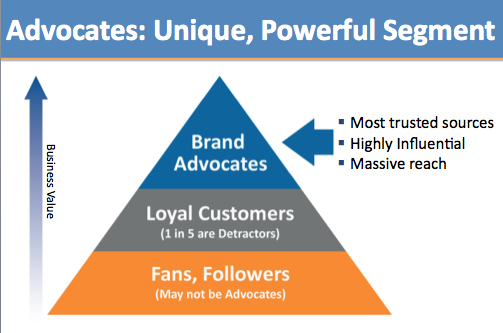
[Source]
Brand advocates are the people who have been with your brand for the long-haul and will go out of their way to get others onboard. For obvious reasons, they bring in more revenue than any of your other customers or advertising.
Companies are growing their brand advocates-and attracting new customers with potential to become advocates- in the post-ad world using several key strategies.
Here are the ones that matter:
1. Site to Store
What it is: Site to store refers to the seamless interaction between online and in-store purchases. This might take the form of an online discount customers can use for both online purchases and when buying something at the store’s physical location.
The problem it fixes: It addresses the high costs and poor return of investment caused by advertising. Site to store offers a new, less expensive opportunity to engage with customers online and-most importantly-gets them to follow through on a purchase.
Let’s try to understand this with an example. BMW-UK recently conducted a survey measuring if and how their website leads to in-person purchases at their dealership locations. They found that 3.5% of paid clicks resulted in a physical visit within 30 days across 146 dealership locations. This ultimately translated into a 173-1 ROI on search marketing campaigns.
Their results showed that, when you provide customers with a seamless online-to-in-store services, they are more motivated to buy your products in a way that they never were by traditional advertisements. This means a higher profit for you, and less money lost to ineffective ads.
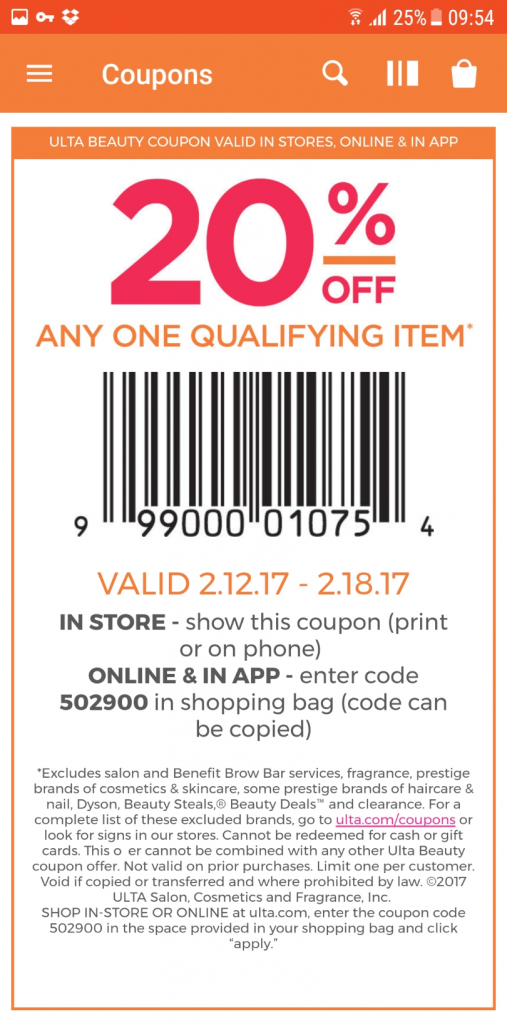
[Source]
The coupon above shows an example of an effective approach to seamless store-to-site engagement, allowing the customer to apply their discount to both in-store and online purchases.
2. Referral Marketing
What it is: Often referred to as word-of-mouth marketing, referral marketing is what it sounds like: attracting customers via personal and trusted recommendations.
The problem it fixes: Referral marketing address the trust issues at the heart of why millennials hate ads: it gives them recommendations they can rely on. This is exactly what brand advocates do.
A recent Nielson survey showed that participants in every demographic trusted referral marketing over all other forms of advertising and marketing. An overwhelming majority of millennials also showed that they are more likely to give brands a second look after they’ve been recommended by a reliable source.

[Source]
There’s no denying it, customers are far more likely to engage with a brand they trust, one recommended to them by someone they know and respect.
Let’s take a look at a company that effectively acquired customers through avenues of trust. We’ll call this anecdote “Small company adopts killer referral program, wins big.”
Despite our crass title, there is little to be embellished about the customer gains made by Amerisleep, an eco-friendly foam mattress company, that took on Extole to help them beef up their referral program. With Extole’s help, Amerisleep crafted a referral program that rewards its brand advocates… or pretty much anyone else who refers a customer. Here’s how it works:
- Personalized Memo: The brand advocate creates a personalized memo to send to potential customers. In this memo, the advocate tells potential customers why Amerisleep is awesome and that they will receive $50 off their first purchase as long as they drop the name of their referral.
- #Winningforeveryone: When a friend buys a mattress, they get the $50 discount and the brand advocate gets a $75 Prepaid Visa reward card.
- #Winagain: Whenever any future customer makes an initial purchase in the brand advocate’s name, the brand advocate gets an additional $75.

A snapshot of Amerisleep’s killer referral program.
Cool story, right? It get’s cooler. Amerisleep now uses their referral program as their main strategy to attract and retain customers-and uses little to no outside advertising.
3. Loyalty Programs
What they are: Loyalty programs are initiatives that reward long-term customers that make consistent purchases with a brand. They may reward these customers in a number of ways, providing them with additional discounts and company swag just to name a few.
The problem they fix: Loyalty programs address one of the core problems created by increased consumer choice: the potential that your customers will leave you for another company. By rewarding the customers who’ve consistently stayed by your side, you’re showing them that you’ve noticed that they appreciate your brand and that you are going to return the favor. Even more, because they feel appreciated, these programs encourage customers to become brand advocates.
Businesses investing in their loyal customers rather than working to acquire new ones are also making more money. On average, companies spend 5-10x more acquiring a new customer rather than selling to a pre-existing client. Implementing personalized loyalty programs is a great way to avoid losing this money. They also boost sales because loyal clients spend 67% more than their newer peers.
Let’s take Starbucks as an example. The Starbucks Rewards Program rewards its consistent customers with stars. The more stars the customers get, the more rewards they get. Here are a few of the coolest rewards a loyal customer might be offered, in order of those resulting from the least to most purchases:
- Free birthday reward drink
- Pay-by-phone convenience
- Free in-store refills
- Personalized Gold Card, with more benefits than one’s mind could scheme up!

Starbuck’s Rewards Program has been hugely successful in attracting customers, retaining customers, and driving profit.
What this all means for you
Although advertising, the once holy grail of customer acquisition and retention, has met its end, your company can still thrive without it. Thanks to the innovative tactics of companies in the face of this tragedy-of-sorts, you now have the tools to develop a business built on customer satisfaction and trust. This is far more valuable than the money brought in by any advertisement, and it’s a prospect that’s anything but boring.
